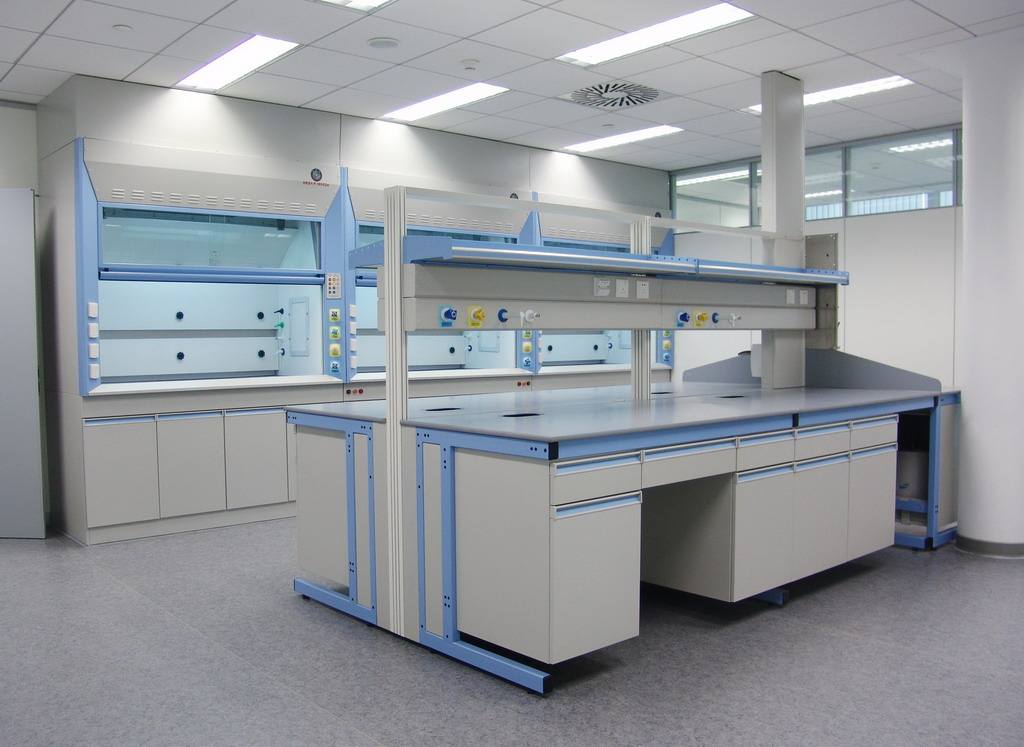
There are many precision instruments in the laboratory, and the quality of these precision instruments indirectly affects the effect of the experiment. If the air humidity in the laboratory is too high, it may cause damage to these precision instruments, thereby affecting the experimental results. When it comes to rainy weather, many precision instruments and equipment will not work. What is the reason? It turns out that when the rainy weather comes, the humidity is relatively high and the air is relatively humid, and the accessories in the equipment will be affected, and equipment strikes will occur from this;

So, how to control the humidity in the laboratory? The dehumidifier plays an extremely important role in laboratory humidity adjustment, and its quality directly affects the difference in humidity control. According to the target humidity of different experimental environments, laboratories have different requirements for the performance and accuracy of laboratory dehumidifier equipment, but the overall requirements are harsh and belong to the process requirements. The selection of laboratory dehumidifiers is the key-the selection of dehumidifiers cannot simply be matched by the indoor area, but should be selected according to the overall humidity load of the place of use. Specifically, the total humidity load is calculated according to its area, floor height, indoor airtightness, moisture source, fresh air supply and other comprehensive factors, and then the dehumidifier is selected to ensure the humidity requirements in the laboratory and avoid unnecessary trouble.
The brand NAISIDA of Guangdong Aoyu Electric Appliance Co., Ltd. mainly develops and sells "household dehumidifiers, commercial dehumidifiers, industrial dehumidifiers, fresh air purifying dehumidifiers, cooling dehumidifiers, temperature regulating dehumidifiers," with constant temperature and humidity series products. Constant temperature and humidity machine, rotary dehumidifier, ultrasonic humidifier, wet film humidifier and non-standard product development".




